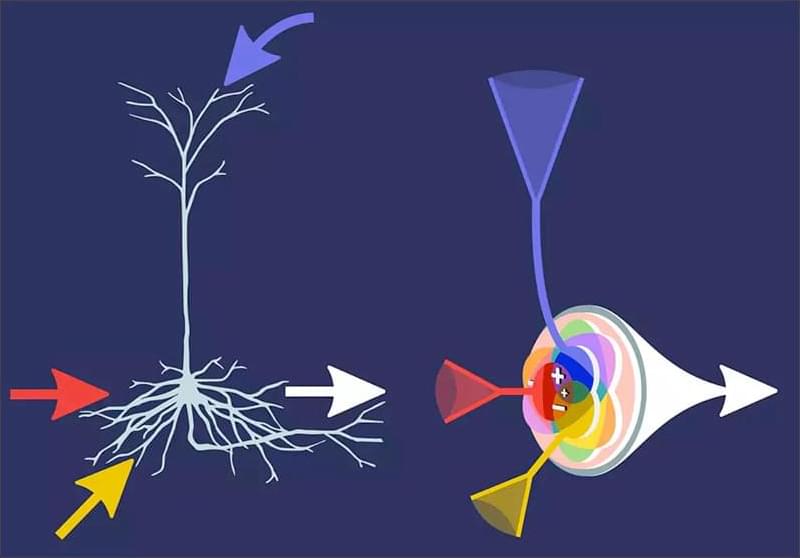Novel artificial neurons learn independently and are more strongly modeled on their biological counterparts. A team of researchers from the Göttingen Campus Institute for Dynamics of Biological Networks (CIDBN) at the University of Göttingen and the Max Planck Institute for Dynamics and Self-Organization (MPI-DS) has programmed these infomorphic neurons and constructed artificial neural networks from them. The special feature is that the individual artificial neurons learn in a self-organized way and draw the necessary information from their immediate environment in the network.
The results were published in PNAS (“A general framework for interpretable neural learning based on local information-theoretic goal functions”).
Both, human brain and modern artificial neural networks are extremely powerful. At the lowest level, the neurons work together as rather simple computing units. An artificial neural network typically consists of several layers composed of individual neurons. An input signal passes through these layers and is processed by artificial neurons in order to extract relevant information. However, conventional artificial neurons differ significantly from their biological models in the way they learn.
